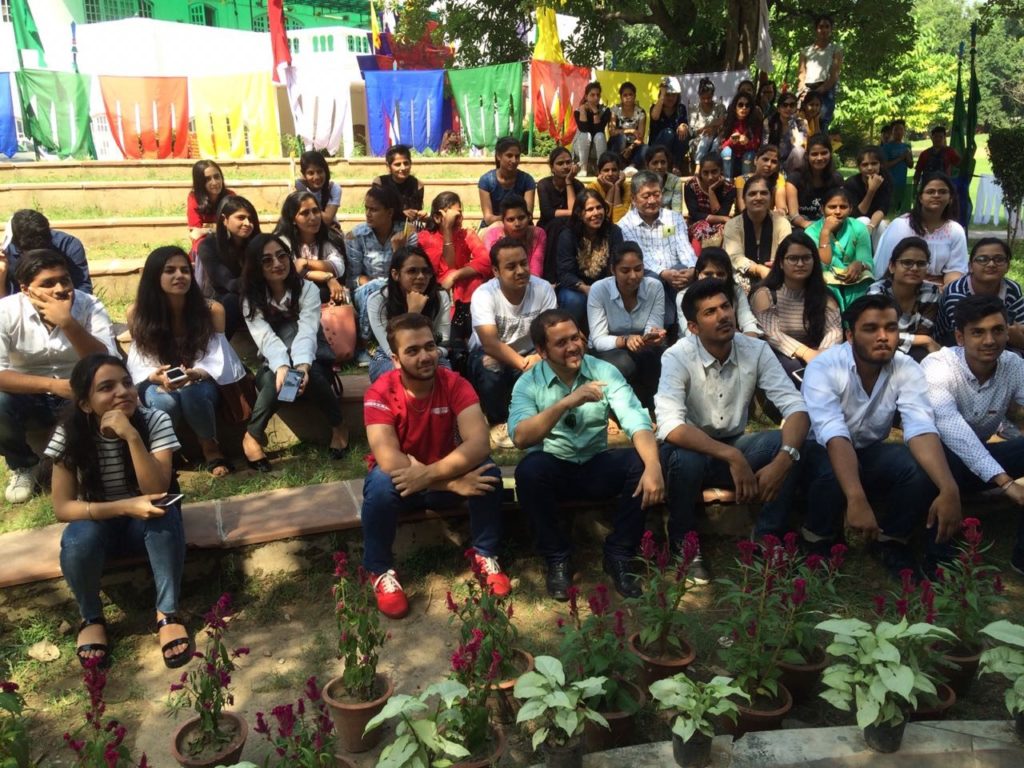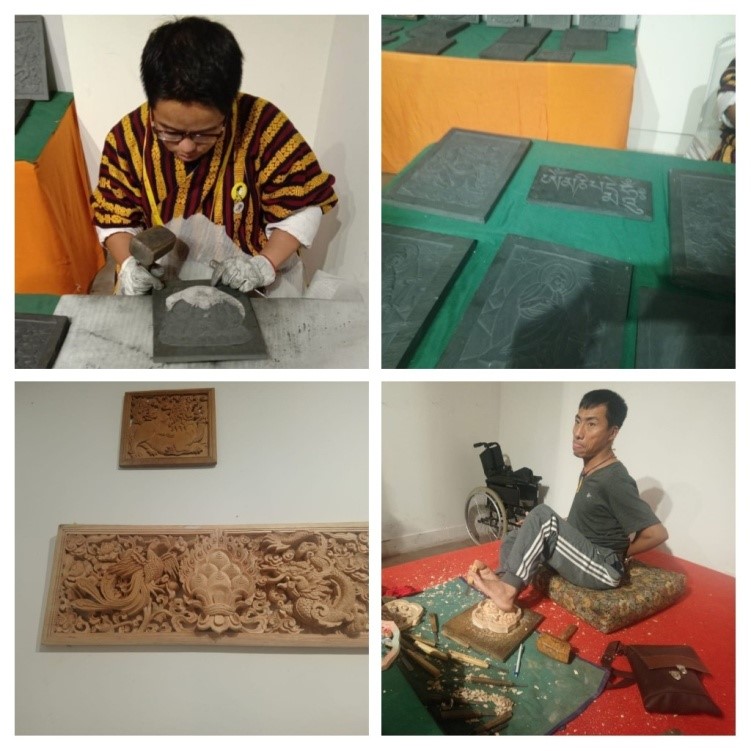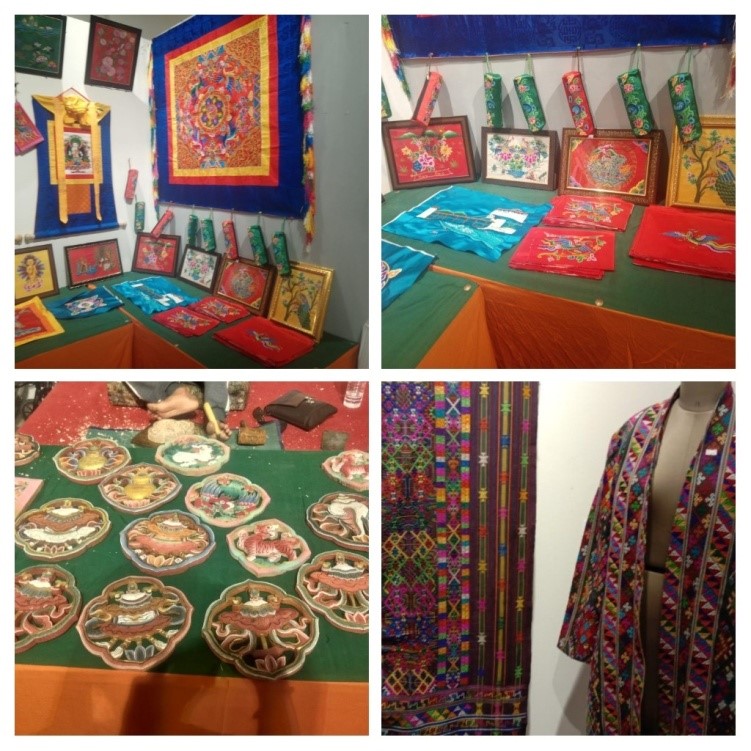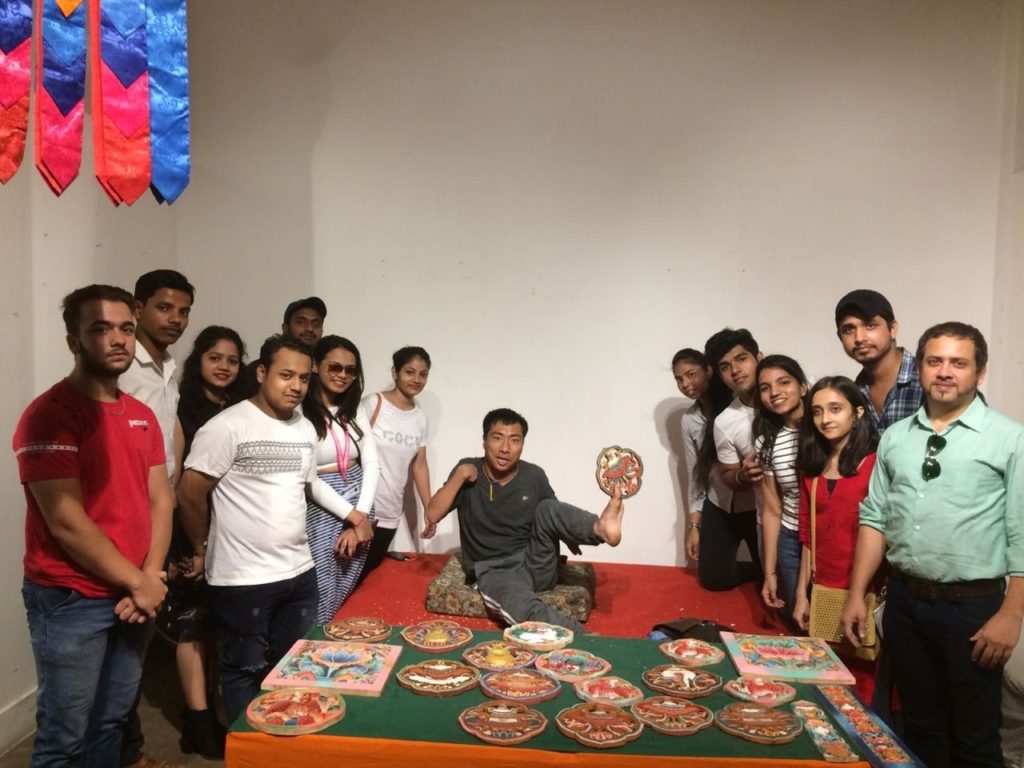

To commemorate 50 years of formal diplomatic relations between Bhutan and India from 1968 to 2018, The Royal Bhutanese Embassy in partnership with the Ministry of External Affairs of India, the Indian Council of Cultural Relations (ICCR) and the IGNCA organized the Bhutan Week with the theme “Bhutan Week Culture & Happiness”, showcasing the unique culture of Bhutan through the arts and crafts. Students of JD INSTITUTE OF FASHION TECHNOLOGY visited IGNCA on 29th September 2018 to understand Bhutanese culture and architecture.
The event started with a talk on the cultural heritage of the country with a focus on the 13 arts and crafts of Bhutan, in an open amphitheater area at the venue. This event gave our students insights into Bhutan’s tangible as well as intangible cultural heritage and created a platform for the exchange of ideas and understanding of culture.

Out of 13 forms of Bhutan’s arts and crafts exhibition and interaction on the same, Jediiians discovered many unique Bhutanese crafts of earthly nature like Woodcarving/slate carving. They saw live pine wood and slate carving in the exhibition area. Wood carving for printing purposes, called xylography, was being done on oiled woodblock. They got to know that woodcarving is also done on windows, pillars, and capitals and is one of the arts where Bhutanese excel with very simple tools.

There was a live demonstration of traditional building construction methods. An architect of Bhutan explained the construction of earth compacted traditional houses. Students learnt about Bhutanese rammed earth houses which are generally made with open timber roofs resting on the rammed earth walls. Rammed earth is a traditional building technique in Bhutan, with many homes and parts of some monasteries built using the technique.

There were also beautiful displays of Bhutanese hand-woven fabrics like yathra and handmade wooden bowls called Dappa. There were models of one of the most recognized and visited monuments in Bhutan which is a Buddhist site called Taktsang Monastery (Tiger’s Nest). Another very important model of the site was TashichhoDzong- a Buddhist monastery and fortress on the northern edge of the city of Thimpu.


JD Institute believes in global learning. Exposure to crafts and architecture of other countries helps the students gain a fresh perspective and enriches their knowledge.
